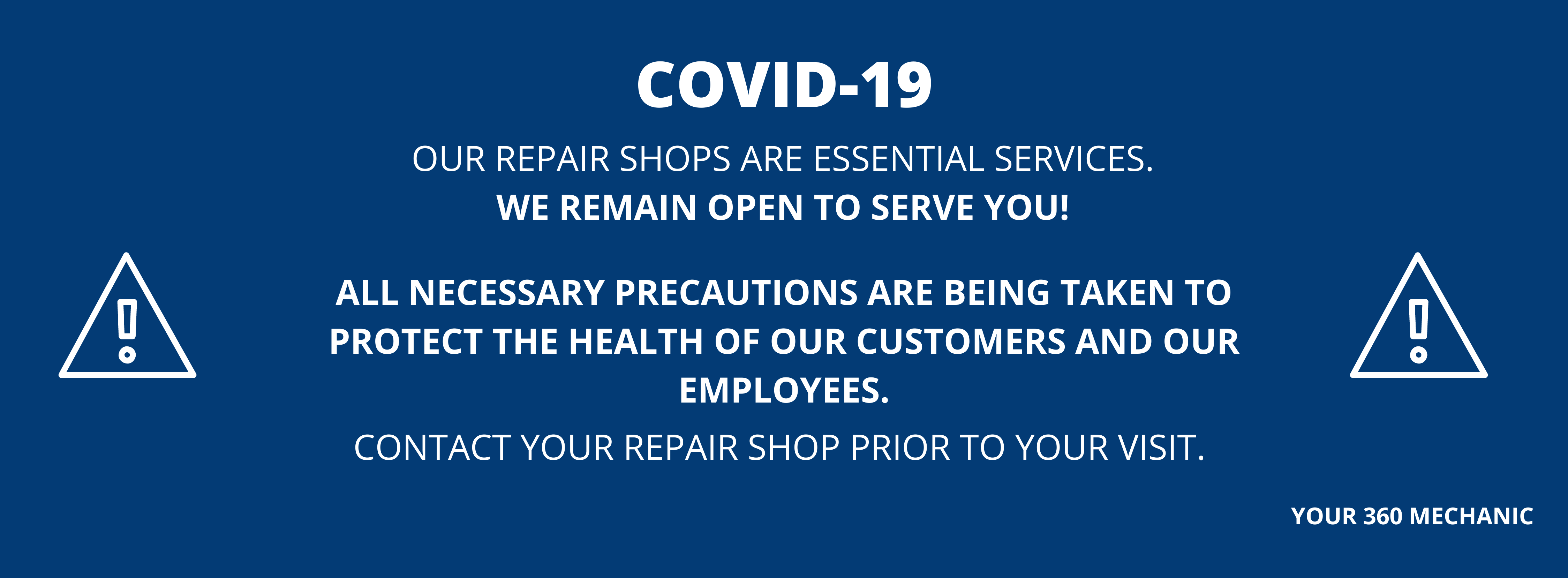4 things to know about spare tires
Although spare tires are often neglected or forgotten, they’re important for getting you out of trouble if you get a flat tire. The Certified Auto Value Service Center team has put together some important information on spare tires so you can give them the attention they deserve.
1. Purpose
The average spare tire weighs between 10 and 20 kilograms and is attached to its own rim. It’s most often stored at the back or in the trunk of your vehicle and is meant for short term use in case you get a flat. In addition, since the spare tire is usually smaller than a standard tire, it requires you to drive more slowly.
2. Types
If you have a new vehicle, it may not come with a spare tire. In fact, many large automotive companies have removed the spare tire from their vehicles entirely for a variety of reasons. For starters, not having a spare tire can reduce the weight of the vehicle and free up more storage space. Instead, several manufacturers now provide a tire repair kit. However, these kits have their limitations and cannot be used to fix tears.
If your car doesn’t have a spare tire, you may still want to buy one in case of an emergency. There are different types of spare tires available, including:
– Full-size tires: matching, non-matching and temporary
– Temporary tires: compact, folding and inflatable
Each type of spare tire has its own advantages and disadvantages. For example, some are heavy and bulky, whereas others are easier to handle and take up less space. If you’re not sure which type of spare tire you should get, a professional can help you make the right choice. They’ll take into account the type of vehicle you drive, your needs, your budget and your physical abilities.
3. Instructions
Before swapping out your tire and hitting the road, make sure you check your owner’s manual to find out how far and how fast you can drive on your spare tire. Driving too fast and for too long on a spare can potentially cause damage to other parts of your vehicle. That’s why it’s important to get your car to an auto repair shop, such as a Certified Auto Value Service Center, as soon as possible.
4. Maintenance
Experts recommend regularly inspecting your spare tire and reinflating it if necessary. For example, it’s a good idea to check on your spare tire when having your tires rotated and before going on long road trips.
5. Roadside assistance program
Lastly, did you know that if you take your vehicle to a Certified Auto Value Service Center you can benefit from our SafeRoute Roadside Assistance? The program includes towing and flat tire assistance. If you want more information, you can visit our program page.
To stay safe on the road, visit your nearest Certified Auto Value Service Center to have your tires inspected.
Service is the difference. We get it!
